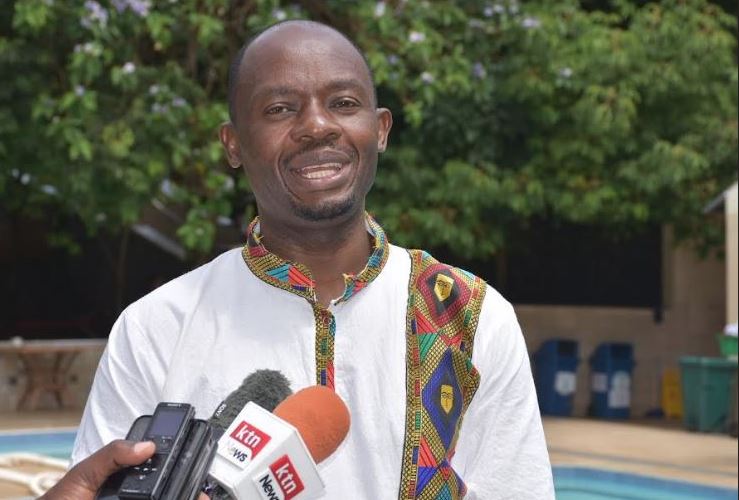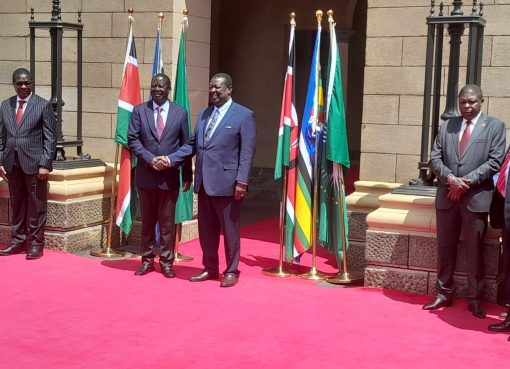The Ministry of Health has announced the mass administration of drugs in five counties in the Lake Region to control schistosomiasis (bilharzia) and intestinal worms.
This comes after a granular mapping exercise conducted in November last year revealed that the two neglected tropical diseases were endemic in the region.
The exercise is to be carried out between August 24th and August 29th, targeting to control the spread of the diseases in Kisumu, Homa Bay, Migori, Siaya, and Busia counties following a spike in the number of cases.
Head of the Division of Vector-Borne and Neglected Tropical Diseases at the Ministry of Health, Dr. Wycliffe Omondi, said the campaign targets 4.5 million people for intestinal worms and an additional 1.5 million for bilharzia treatment in the five counties.
The Ministry of Health, he said, has embarked on training health officials in the five counties to build their capacity and prepare them for the exercise, which is critical in the fight against the two diseases.
The officials at County and Sub-County levels, who include pharmacists, Neglected Tropical disease Coordinators, Medical officers of health, and health records officers, are in turn expected to cascade the training to the 9, 000 health promoters to be engaged in the campaign.
“The training entails a number of aspects of how we want to carry out the mass drug administration. We are teaching them about the diseases, the medicine we are going to use, data collection tools, and how to manage resistance from the community because we expect some people to resist,” he said.
Community health promoters, he said, will go door to door in the five counties and issue doses of Mebendazole for intestinal worms and Praziquantel for schistosomiasis during the five-day campaign.
“We picked on them because they are known in their localities and can easily go back to a household where one or two members missed the drugs and administer them,” he said.
He added that the ministry, in collaboration with the respective county governments, will also mount stations at churches, mosques, and bus termini to ensure that as many people as possible take the drugs.
He said the preventive therapy treatment was voluntary but encouraged area residents to take the medicine to give impetus to the fight against the diseases.
“Everybody is going to get the medication, and we are saying that because you are living in an endemic area, it is advisable that you take it,” he said.
Speaking in Kisumu on Friday, Dr. Omondi said the exercise was in line with the ministry’s plan to eradicate the two diseases, adding that more rounds of the drugs would be administered to inch closer to eliminating the diseases.
The ministry, he said, has segregated the country into five regions: Coastal, Western, Central, north-eastern, and Lake regions, as the government moves to get World Health Organization (WHO) certification of being deflated free of the two diseases.
The central region, he said, was closer to completely eradicating the disease, followed by the coast and Western regions, which have so far received three rounds of the Mass Drug Administration.
However, managing the diseases in the Lake Region, he said, still posed a challenge due to its proximity to Uganda and Tanzania.
“This is because we are sharing the lake with other countries, and there is a lot of spillover from our neighbouring countries,” he said.
According to the WHO, Africa has at least 20 Neglected Tropical Diseases.
Dr. Omondi said the diseases are present in Kenya, with only Guinea worms completely eradicated.
He disclosed that the country was on course to eliminate elephantiasis, blinding trachoma, river blindness, and human African trypanosomiasis by the year 2027.
Leprosy and rabies, he added, were also on the radar, with a deadline to eradicate them set for the year 2030.
By Chris Mahandara




